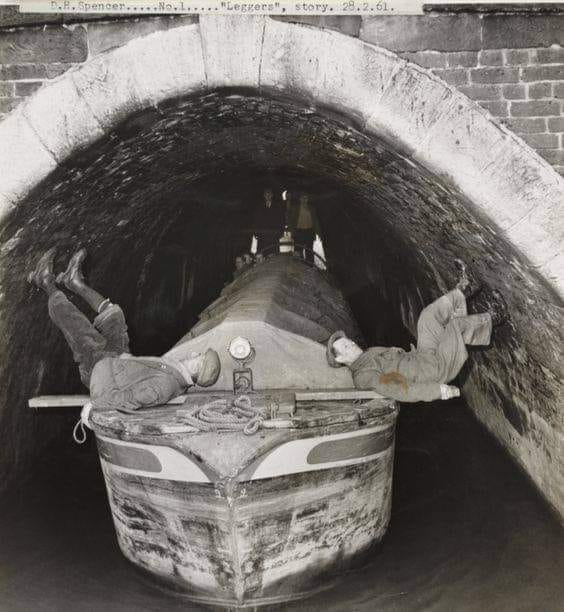this post was submitted on 29 Sep 2024
429 points (100.0% liked)
HistoryPorn
4873 readers
276 users here now
If you would like to become a mod in this community, kindly PM the mod.
Relive the Past in Jaw-Dropping Detail!
HistoryPorn is for photographs (or, if it can be found, film) of the past, recent or distant! Give us a little snapshot of history!
Rules
- Be respectful and inclusive.
- No harassment, hate speech, or trolling.
- Engage in constructive discussions.
- Share relevant content.
- Follow guidelines and moderators' instructions.
- Use appropriate language and tone.
- Report violations.
- Foster a continuous learning environment.
- No genocide or atrocity denialism.
Pictures of old artifacts and museum pieces should go to History Artifacts
Illustrations and paintings should go to History Drawings
Related Communities:
founded 1 year ago
MODERATORS
you are viewing a single comment's thread
view the rest of the comments
view the rest of the comments

I've been told this was done mainly to steer the boat away from the side of the tunnels while the people in the rear used a pole to actually propel it. I'd love to know if this is true or not, there's precious few resources about the subject.
Myself and a friend actually tried this a few years ago in a very tight tunnel in Northampton. We obviously had an engine, but wanted to try to see how feasible legging was. It is super hard. Constantly balancing yourself on the board so you don't go in the drink. The actual work your legs have to do is nearly impossible if you let the narrow boat slow down, and the slippery and slimy walls add to all of that. I was covered in dirt and grime after a few minutes.
I suspect they probably used the barge poles to help too, but legging was definitely a thing. Like most of the jobs around the canal industry of the 18th and 19th century, it was incredibly tough and dirty work. I take my hat off to the the guys who did it day in and day out for very little compensation.
FTFY
The average labourer today is wayyyy to fat and unfit to do something like this lol.
I think people are downvoting you because they're thinking of tradesmen.
Yeah I mean I am a laborour/tradesman and have been for almost 15 years. I'm talking about my own kind lmfao I know them very well. Energy drink ciggy diet is taking out everybody before 45 lol
Hahaha okay well are you on said diet?
No I quit smoking ten years ago and eat cleanish and workout like a demon lol. I did fifty standing back flips in a row a few days ago just to see how hard it was.
That's great. Also nice work on the standing backflips.
I grew up where the canal holiday industry was a big employer. Quite a lot of the staff used to work on towed barges in their young day. Legging is definitely how they got through tunnels. Barge poles are used to fend off after being moored up or to prevent collisions in narrow stretches. Once the barge was out the tunnel they'd throw a line to someone on the towpath and hitch back on to the horses.
The logic of it being for propulsion falls apart one they leave the tunnel and no longer have anything to push on.
Canal boats were traditionally towed by horses alongside on the tow path, but the paths don't go through tunnels so it's feasible that this was what they did to get through
https://en.m.wikipedia.org/wiki/Legging_(canals)